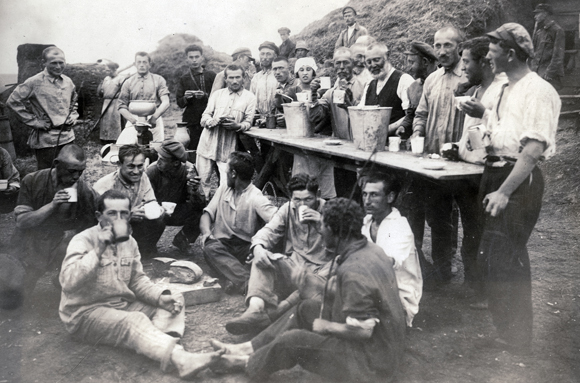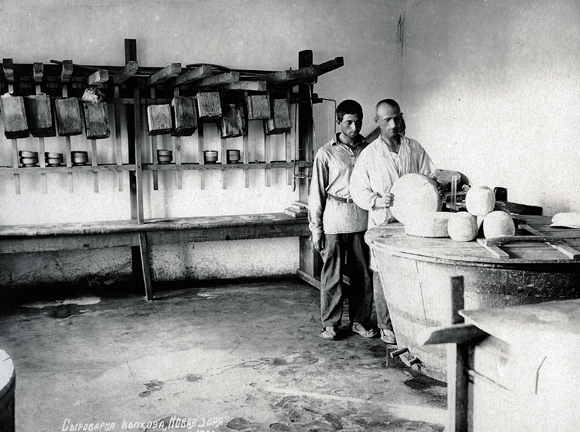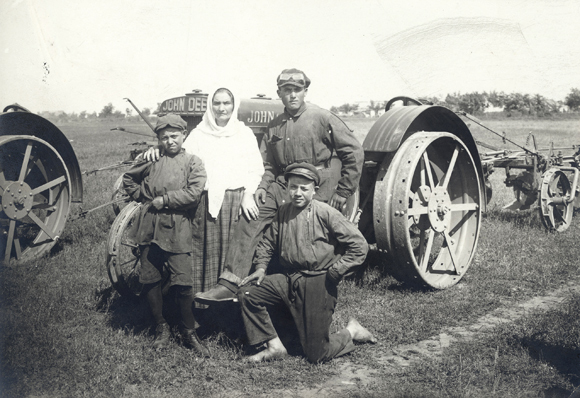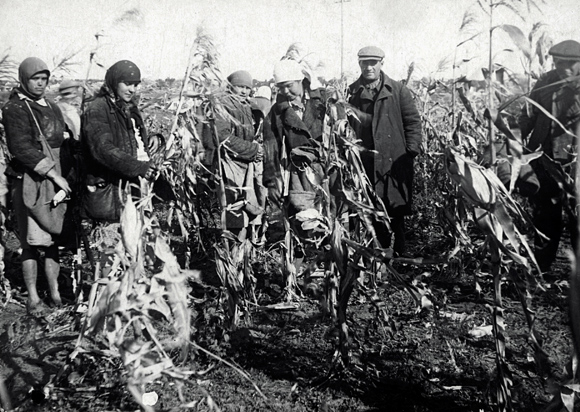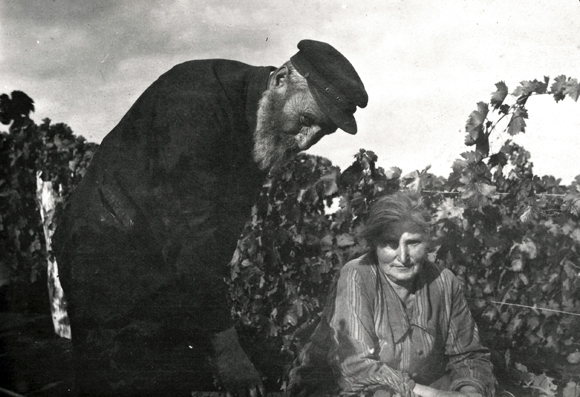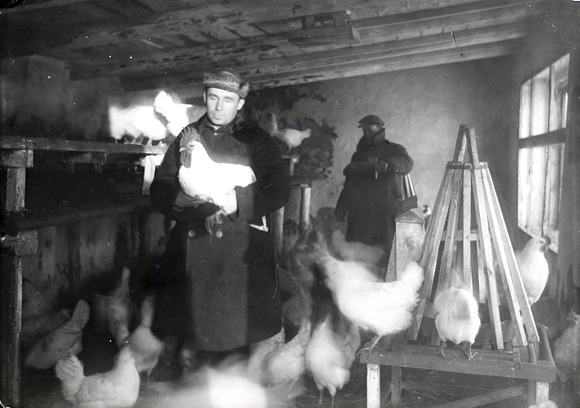Living off the Land
Beyond Relief: JDC in Interwar Ukraine and Crimea
Living off the Land
Agro-Joint provided the financing, training, seeds, and modern American tractors for the colonists. In the first four years, 5,646 families had moved from small shtetls to more than a hundred colonies in the Ukraine and Crimea. By 1936, some 70,000 Jews had turned from tradesmen into successful pioneers, working the land and managing livestock in 215 collectively-run settlements.
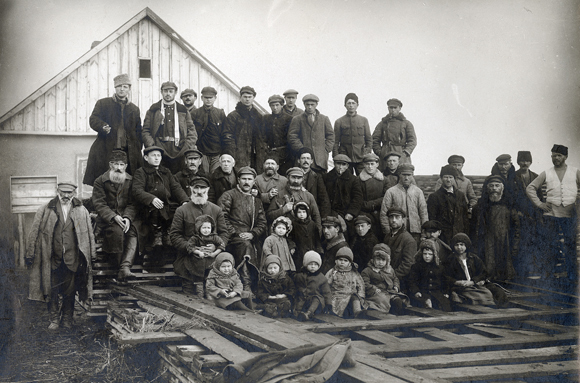
A Cooperative Approach
From the start, Agro-Joint colonies were based on a cooperative system. Small land parcels were combined into large tracts. Settlers worked together to build, plant, and harvest crops. Farm machinery and initially, live-stock was owned cooperatively. Later, the Soviet government began enforced broad collectivization beyond the comfort level of most farmers.
Digging In
The government supplied free land to settlers, but everything else was hard to come by. Agro-Joint provided guidance, equipment, and seeds to colonists as quickly as possible, but getting started was still back-breaking work. Agro-Joint agronomists looked for ways to make farming less difficult and more productive.


